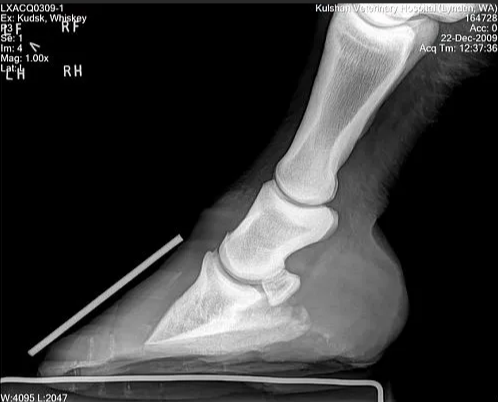I’ve been reading a lot of the hoof care threads with interest lately, and have realized that because I have had the good fortune to always have wonderful farriers and horses with relatively straight forward feet, I don’t know enough in detail about feet. I can tell a good foot from a bad foot, for sure, and in general terms can explain what I do or don’t like, but get completely lost when it comes to looking at xrays and figuring out what needs to change, etc.
Does anyone have good resources to suggest so that I can learn a bit more. I pick the farriers’ brains every time they’re out (we’re very lucky to have a few great ones in our small barn), but I’d love to learn more on my own time. There’s so much quackery out there when it comes to feet and shoeing too… Point me in the direction of some sensible stuff, please!




